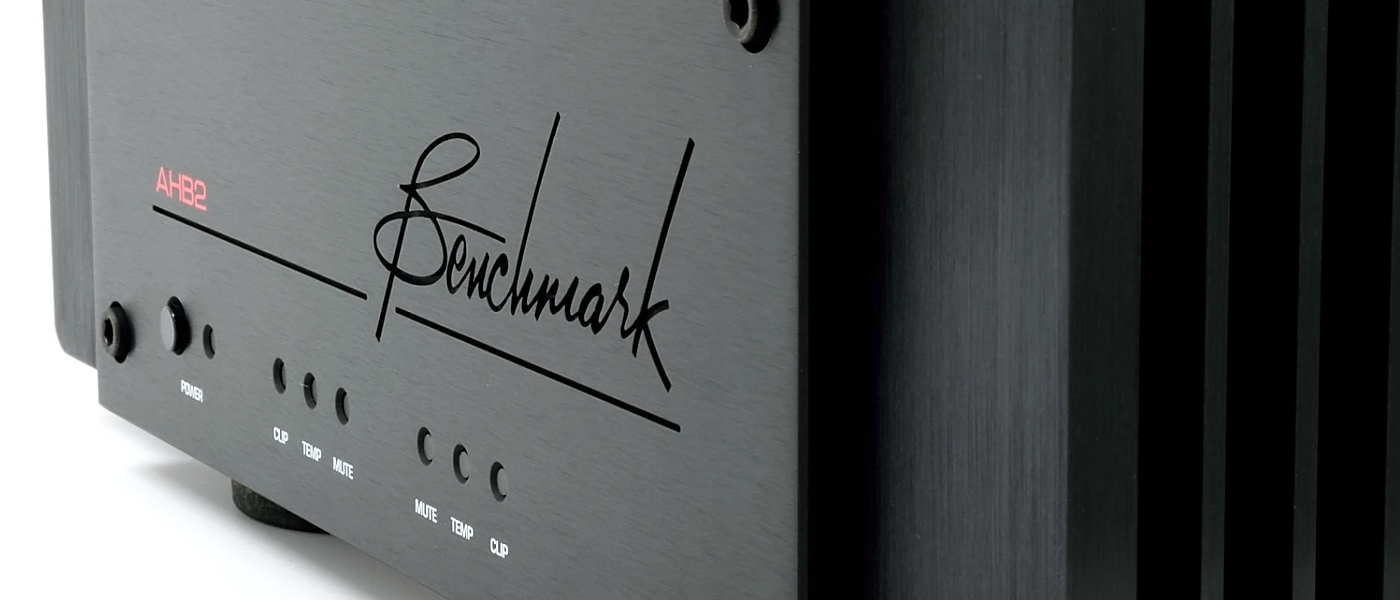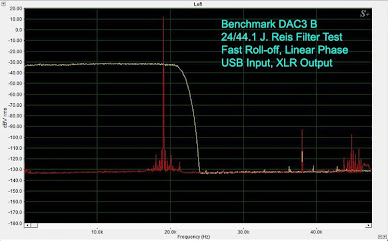1) All bets are off when you are trying to measure something below the limits of your test equipment. I was never able to replicate Amir's results using the original DAC3 while testing it on one of my APx555b test systems. My conclusion was that the first DAC3 was not defective in any way. Amir's results for the second DAC3 were different than the first, but they measured the same here. These kinds of measurement anomalies are not uncommon when trying to measure beyond the limits of the test equipment.John -- Thanks for coming back to this thread! Though I have science and engineering experience myself, I'm certainly not an expert on high-end audio measurements. That said, your argument about noise influencing "linearity" at the low end makes sense to me. I have three remaining puzzles:
1) Amir's linearity measurements on the second (good) DAC3 unit show the unbalanced trace decreasing at the low end, not increasing as you state above.
2) Amir's presumably identical linearity test on the Topping D50, which has only RCA outputs, looks much better than the second DAC3 unbalanced. Yet his measurements of THD+N and SINAD are quite comparable between the D50 and the first (defective) DAC3. If these values improved significantly in the second unit (not measured by Amir), that would seem to make the paradox even worse, not so?
3) I don't think Amir has completely specified the filtering used in his linearity measurements. He said just above, "My tests include sharp filters on either side of the test tone so doesn't get corrupted by noise or distortion." Earlier he mentioned a figure of 50dB as the depth of the 200 Hz-wide bandpass filter. He has not, to my knowledge, stated if he's using a specific one of the built-in filters in the test unit, as you did in your post at https://www.audiosciencereview.com/...nts-of-benchmark-dac3.3545/page-15#post-90480.
Best Regards to All -- JClarkW
2) Neither unit proved to be defective. The first unit tested perfectly here.
3) The low level extension of the linearity measurement is heavily influenced by the choice of filters. It is also very susceptible to interference from outside noise sources. Furthermore, the noise can cause the APx555 auto ranging to change at different parts of the measurement and this will produce a different curve shape at the extreme low level end of the measurement.
*** Bottom line, when you attempt to make measurements that exceed the capabilities of the test equipment, you will have some errors in your results. In the short term, these errors may be repeatable, but may not be repeatable on different day where temperatures and interference signals may be slightly different.


